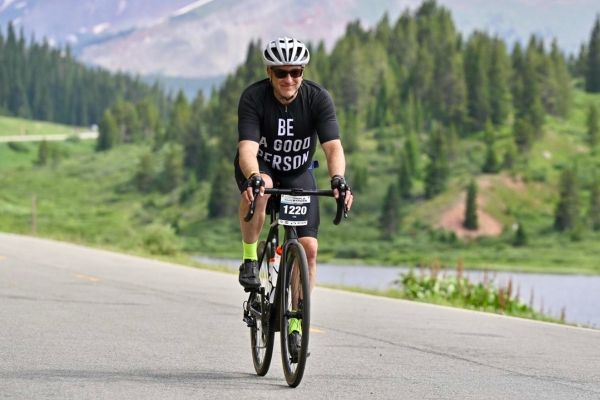Tuesday Night Rides – for Free!
Now that spring has arrived, we can schedule a regular ride outside. But since it’s spring, whether we actually ride is always a “game-day” decision. Today is March 25th and it looks like the weather is going to hold for us. Here’s what you can expect every Tuesday. Anybody is welcome – you don’t have to be a member of Vitruvian Fitness to attend. However, you do need to sign up for the class online.
At 5pm, the group meets at the studio, discusses the route, fills up water bottles, pumps up tires and rolls out by 5:10. We ride. At some point, we’ll get a sense as to when it’s time to turn around so we make it back before dark.
Tonight’s ride will be short, fun and easy. Starting at Vitruvian Fitness, we’re going to get on the Cherry Creek Bike Path, head toward Washington Park, do a couple laps (while obeying the 15 MPH speed limit) and then head home. This will give us a chance to practice some early-season form, clipping in and out of pedals, riding in a group, navigating some easy traffic situations.
In a week or two, we’ll start heading west to Golden and then start working our way up Lookout Mountain. Round trip up Lookout and back will take about 2.5 – 3 hours. So, that will be several weeks before we’re making it all the way up and down before sunset.
Equipment Considerations
- Bike helmets: mandatory
- Colorado Springtime layers: highly recommended!
- gloves
- windbreaker
- sleeves
- leggings
- head cover
- bus money
- Bike lights: recommended (mandatory if you think you might dilly-dally and get caught out in the dark).
- Moutain bikes and cruisers are OK for the easy Wash Park ride but you’ll need a road bike once we start heading to Golden and Lookout Mountain.
You might also enjoy these posts . . .







